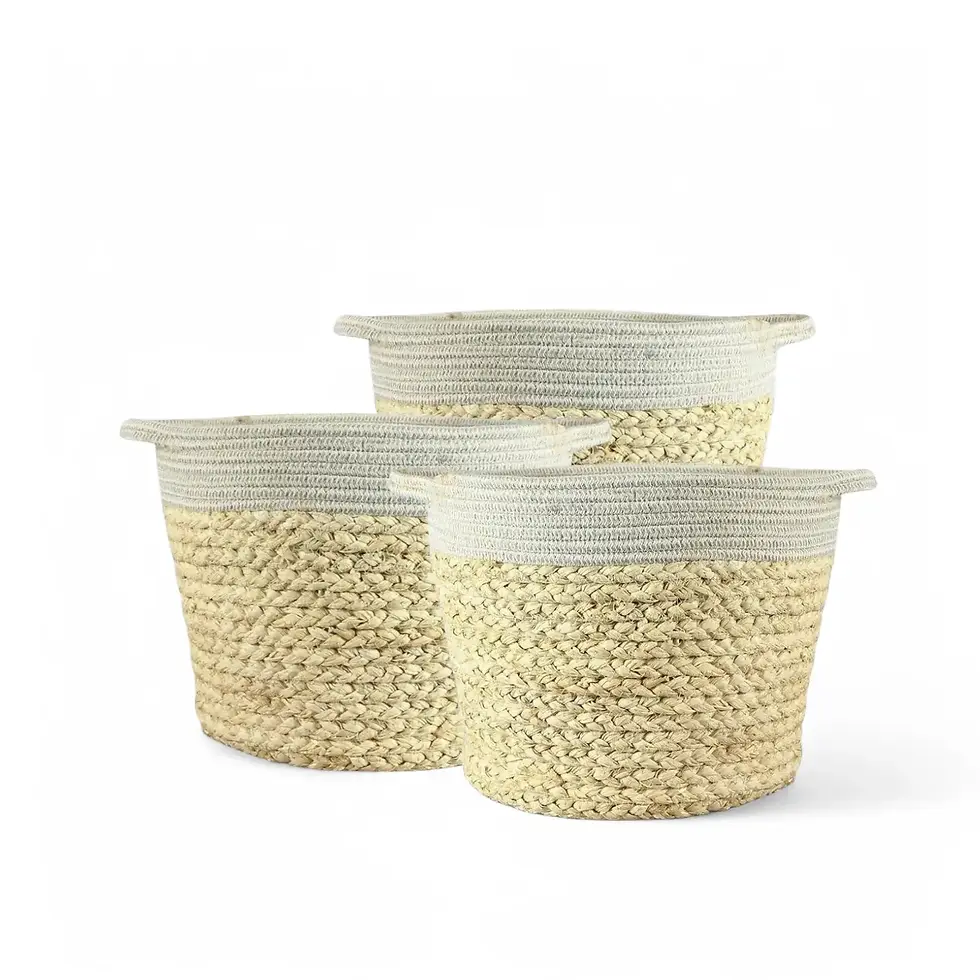h2>Anthurium bonplandii variegata – Information and Plant CareAnthurium bonplandii variegata is a unique and rare variety within the Anthurium genus, known for its captivating variegated leaves. Unlike typical Anthuriums, this plant showcases stunning patterns of cream and white variegation against its rich green leaves, creating a striking contrast. With its exotic beauty and relatively straightforward care needs, it stands out as a focal point in any plant collection. Originally classified by botanist G.S. Bunting, this "bird’s nest" Anthurium has garnered attention not only for its visual appeal but also for the sense of luxury it adds to any indoor space.
Features of Anthurium bonplandii variegata:
This Anthurium species is defined by its broad, glossy green leaves marked with irregular patterns of white or cream variegation, giving each leaf a unique design. The plant typically grows in a "bird’s nest" formation, with the leaves radiating from a central base. As the plant matures, its size and leaf texture become more pronounced, creating an impressive display. Anthurium bonplandii variegata usually reaches up to 60 cm in height and width, making it an ideal centerpiece for indoor spaces. Its variegated leaves can vary in pattern, ensuring no two plants look exactly alike, further enhancing its appeal for collectors seeking one–of–a–kind plants.
Caring for Your Anthurium bonplandii variegata:
- Light: Bright, indirect light is ideal for this plant. Direct sunlight can damage the delicate variegated leaves, causing unsightly brown spots. East–facing windows or filtered light are best.
- Watering: Keep the soil consistently moist but avoid waterlogging. Water when the top 2–3 cm of soil is dry. Ensure proper drainage to prevent root rot, a common issue with Anthuriums.
- Humidity: Thrives in high humidity, ideally between 60% and 80%. Place a humidifier nearby or maintain a humid environment to support the plant’s growth.
- Temperature: Maintain indoor temperatures between 18°C and 27°C. Avoid placing the plant near drafts, air conditioners, or heating vents, as temperature fluctuations can cause stress.
- Soil: Use a well–draining mix containing orchid bark, perlite, and peat moss to ensure the plant's roots remain aerated. Repot every 2–3 years to accommodate growth and refresh the soil.
Common Issues and Solutions for Anthurium bonplandii variegata:
- Root Rot: Overwatering can cause root rot. Ensure the soil is well–draining and allow it to dry slightly between waterings.
- Brown Leaves: Variegated portions of the leaves are more prone to browning due to their reduced ability to photosynthesize. Make sure the plant receives enough indirect light so that the green portions can produce adequate chlorophyll.
- Pests: Spider mites, mealybugs, and aphids can occasionally affect this plant. Check leaves regularly, especially the undersides, and use insecticidal soap or a mild soap solution to treat infestations.
Additional Growing Tips for Anthurium bonplandii variegata:
For best results, try to recreate the plant's natural habitat by providing a humid environment and plenty of filtered light. Position it in a room with high humidity, away from direct sunlight, and avoid frequent disturbances. While repotting, choose a slightly larger pot to ensure the roots have space to grow. This plant's variegated foliage will maintain its beauty if given enough light, proper watering, and the right care.
A good approach to keeping Anthurium bonplandii variegata healthy is to understand its origins and mimic the conditions it thrives in, as this will help it flourish in your home. By providing the right light, humidity, and watering schedule, you can ensure that your plant thrives for years to come.
Etymology of Anthurium bonplandii variegata:
The name Anthurium is derived from Greek, where "anthos" means flower and "oura" means tail, aptly describing the plant’s distinctive spadix, a tail–like structure that emerges from the spathe. The spathe is often mistaken for a flower due to its vibrant color. This feature plays a crucial role in pollination by attracting insects with its bright colors and scent.
Order Anthurium bonplandii variegata now to add an exotic and luxurious touch to your plant collection!
Anthurium bonplandii variegata
Anthurium bonplandii variegata is approximately 15 cm tall and comes in a ⌀ 10.5 cm pot






















































